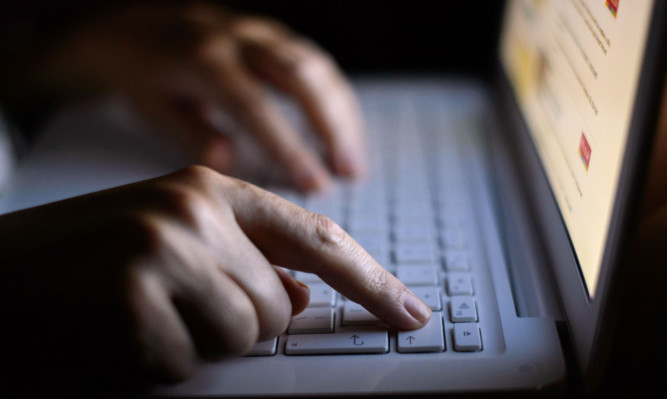A major review is to be carried out into how the police in Scotland deal with the threat of cyber crime.
HM Inspectorate of Constabulary in Scotland (HMICS) announced it would be one of the key areas it will focus on over the next 12 months.
As well as carrying out thematic reviews of cyber policing and forensic services, HMICS is also to look at the force’s use of stop-and-search powers.
The research, which is scheduled to start in January, will build on a previous examination of the processes used for recording stop and search and the impact that targets have had.
HMICS says it will now “undertake a statistically significant audit of both positive and negative searches” as part of its annual scrutiny of Police Scotland.
The review of cyber policing will look at how Police Scotland is responding to the increasing demands and complexity of dealing with online crime.
HMICS says it will look at whether new approaches and investment are required in the area as well as examining how forces in England, Wales and Northern Ireland deal with the threat.
The organisation, which has wide-ranging powers to look into the effectiveness and efficiency of both Police Scotland and the Scottish Police Authority, will also review the provision of forensic services and the use by the police of facial recognition technology.
HM Inspector of Constabulary Derek Penman said: “Our approach is to support Police Scotland and the Scottish Police Authority to deliver services that are high quality, continually improving, effective and responsive to local needs.
“We will maintain our strong emphasis on local policing and our two thematic reviews on cyber policing and forensic services will seek to drive improvement and inform future policies.
“Facial recognition and an audit of crime recording form our audit and assurance reviews where we provide external assurance over key policing processes.
“We will also follow up with Police Scotland on our recent stop-and-search scrutiny and check on the progress made by Police Scotland and the Scottish Police Authority against the recommendations for improvements we made last year.”
